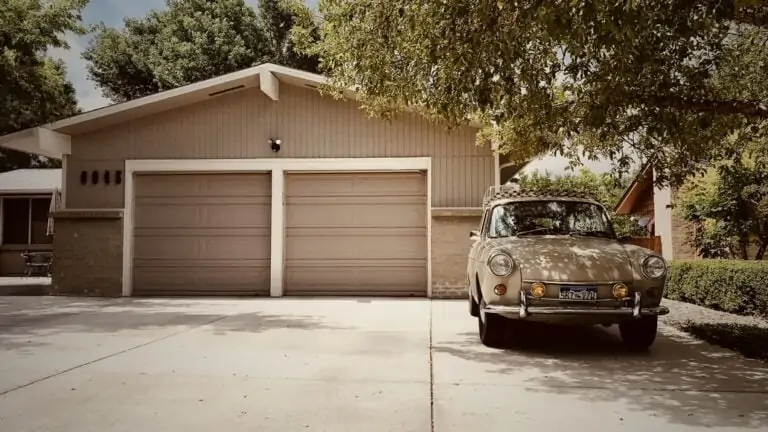How To Insulate Your Garage Roof
Looking to convert your garage into a more usable space? Tired of the uncomfortable temperatures you experience in there? No matter what your reason is, insulating your garage can be a great move for both the function of the space and the overall value of your home. Not only that, but it is a totally achievable DIY project!
Perhaps the trickiest part of this endeavor is the roof of your garage. Tough to reach, tricky to navigate, but entirely possible. We’ve created a beginner’s guide to insulating your garage roof – from the tools to the step-by-step breakdown.
This blog outlines all the fundamental knowledge needed to insulate a garage roof. If you’re looking for more info and guidance as you tackle your at-home project, reach out to the team of experts at Extreme How To today.
Why Should I Insulate my Garage Roof?
There are some great perks to insulating your garage ceiling. The primary reason people tend to approach this project is that any heating or air conditioning you desire for your garage demands insulation – otherwise, these additions will become useless.
Due to the way heat rises, an uninsulated ceiling will pass the heat right through it, making your heat/air conditioning systems a financial loss and heating up any rooms directly above the garage. Insulation can also be a great means of noise control.
Any garage insulation job is incomplete if the roof is left untouched. Even beyond that, insulation can help to reinforce your ceiling, raising the overall value of your home and increasing the chances that your garage roof will last longer.
Insulation Types
There are various types of installation materials you can use, however the most common and highly recommended for a DIY insulation project would be fiberglass. Fiberglass insulation is made up of very fine glass fibers with a paper face to cover them, and is sold in either rolls or bags. It will be soft to the touch when you purchase it.
This is the easiest type of insulation for you to opt for as you insulate your garage roof, however you could also choose rockwool batts, cotton batts, loose fill fiberglass, or any other insulation material. These do, however, tend to be harder to handle or more difficult to purchase.
What Will I Need to Insulate my Garage Roof?
Outside of your measured insulation materials, there are a few other key things you’ll need to complete this project. These include:
- Expanding foam – to fill gaps and cracks in the roof
- A ladder – to reach the ceiling and safely do all the work necessary
- Box cutter/knife – to cut insulation to the required measurements
- Measuring tape – to ensure you’re cutting accurately, and to measure out gaps
- Staple gun – to attach materials as needed
- Safety gear – safety glasses, dust mask, long sleeve shirt, full length pants, safety gloves. All needed to ensure you’re protected from the fiberglass fragment, which can be irritating to skin, eyes, and lungs.
Insulating Your Garage Roof Yourself – 6 Easy Steps
Step 1: Clear the Roof
You want to begin with a blank canvas. If your garage roof has drywall, remove it. Clear up all dirt, mold, or any other substance across the roof and in exposed gaps or cavities.
Step 2: Find and Seal Cracks
Once the ceiling is cleared of any dirt or mold, carefully examine it to find any gaps, cracks, or holes. Using your expanding foam, ensure that you fill each, ensure that any hole is covered and the entire roof is a clear surface ready for insulation.
Step 3: Install Fiberglass Insulation
Staple the paper face of the insulation to the sides of your stud, tucking it in as you go to make it as easy to staple as possible. Your box-cutter knife can be used to cut through any excess material. Ensure that you staple your insulation all the way along the side of the stud, checking everything is safely secured before moving on to the final step.
Step 4: Cover with Drywall
With your insulation installed, it is vital that you do not leave the paper face of the insulation exposed – this is a major fire hazard. The easiest way to finish the installation process safely is to apply drywall across your entire garage roof, ensuring the insulation is safely covered.



